Filter by
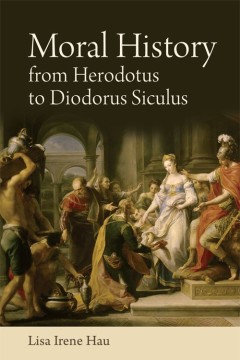
Moral History from Herodotus to Diodorus Siculus
Why did human beings first begin to write history? Lisa Irene Hau argues that a driving force among Greek historians was the desire to use the past to teach lessons about the present and for the future. She uncovers the moral messages of the ancient Greek writers of history and the techniques they used to bring them across. Hau also shows how moral didacticism was an integral part of the writin…
- Edition
- -
- ISBN/ISSN
- 9781474411073
- Collation
- -
- Series Title
- -
- Call Number
- 900 HAU m
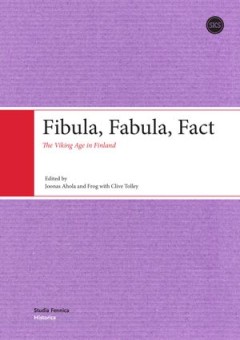
Fibula, Fabula, Fact
The chapters of Fibula, Fabula, Fact – The Viking Age in Finland are intended to provide essential foundations for approaching the important topic of the Viking Age in Finland. These chapters are oriented to provide introductions to the sources, methods and perspectives of diverse disciplines in a way that is accessible to specialists from other fields, specialists from outside Finland, and a…
- Edition
- Vol. 18.0
- ISBN/ISSN
- 9789522227645
- Collation
- -
- Series Title
- -
- Call Number
- 418 FIB f
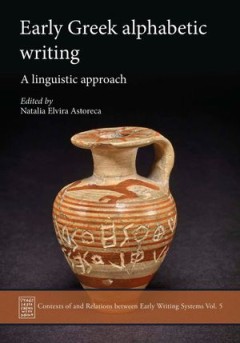
Early Greek Alphabetic Writing : A Linguistic Approach
Despite the flourishing of epichoric studies on the Archaic Greek scripts in the 1960s, embodied by archaeologists Lilian Hamilton Jeffery and Margherita Guarducci, most scholarship on early alphabetic writing in Greece has focused on questions around the origin of ‘the Greek alphabet’ instead of acknowledging the diversity of alphabetic systems that emerged in Geometric and Archaic times. …
- Edition
- -
- ISBN/ISSN
- 9780000000845
- Collation
- -
- Series Title
- -
- Call Number
- 411 AST e
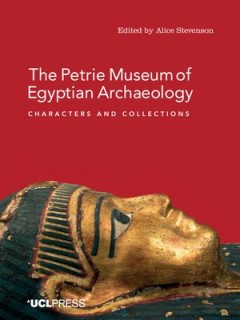
The Petrie Museum of Egyptian Archaeology: Characters and Collections
The Petrie Museum of Egyptian Archaeology first opened its doors in 1915, and since then has attracted visitors from all over the world as well as providing valuable teaching resources. Named after its founder, the pioneering archaeologist Flinders Petrie, the Museum holds more than 80,000 objects and is one of the largest and finest collections of Egyptian and Sudanese archaeology in the worl…
- Edition
- -
- ISBN/ISSN
- 9781910634042
- Collation
- -
- Series Title
- -
- Call Number
- 930 STE p
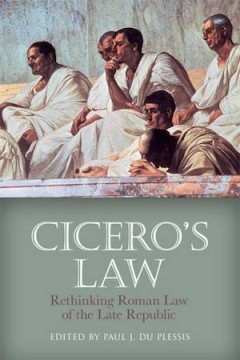
Cicero's Law : Rethinking Roman Law of the Late Republic
This volume brings together an international team of scholars to debate Cicero's role in the narrative of Roman law in the late Republic – a role that has been minimised or overlooked in previous scholarship. This reflects current research that opens a larger and more complex debate about the nature of law and of the legal profession in the last century of the Roman Republic.
- Edition
- -
- ISBN/ISSN
- 9781474408820
- Collation
- -
- Series Title
- -
- Call Number
- 340 CIC
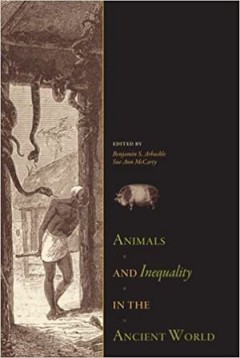
Animals and Inequality in the Ancient World
Animals and Inequality in the Ancient World explores the current trends in the social archaeology of human-animal relationships, focusing on the ways in which animals are used to structure, create, support, and even deconstruct social inequalities. The authors provide a global range of case studies from both New and Old World archaeology—royal Aztec dog burial, the monumental horse tombs of C…
- Edition
- -
- ISBN/ISSN
- -
- Collation
- -
- Series Title
- -
- Call Number
- -

Jews and Christians in Medieval Europe
The name of Bernhard Blumenkranz is well known to all those who study the history of European Jews in the Middle Ages and in particular the history of Jewish-Christian relations. Blumenkranz was born in Vienna in 1913; he left for Switzerland during the war and obtained a doctorate at the University of Basel on the portrayal of Jews in the works of Augustine. He subsequently moved to France whe…
- Edition
- -
- ISBN/ISSN
- 9782503565166
- Collation
- -
- Series Title
- -
- Call Number
- -

Pyrrhonian Skepticism in Diogenes Laertius
This volume offers the first bilingual edition of a major text in the history of epistemology, Diogenes Laertius's report on Pyrrho and Timon in his Lives of Eminent Philosophers. Leading experts contribute a philosophical introduction, translation, commentary, and scholarly essays on the nature of Diogenes's report as well as core questions in recent research on skepticism.
- Edition
- -
- ISBN/ISSN
- 9783161533365
- Collation
- -
- Series Title
- -
- Call Number
- -
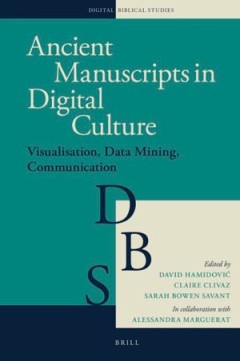
Ancient Manuscripts in Digital Culture Ancient Manuscripts in Digital Culture
Ancient Manuscripts in Digital Culture presents an overview of the digital turn in Ancient Jewish and Christian manuscripts visualisation, data mining and communication. Edited by David Hamidović, Claire Clivaz and Sarah Bowen Savant, it gathers together the contributions of seventeen scholars involved in Biblical, Early Jewish and Christian studies. The volume attests to the spreading of digi…
- Edition
- -
- ISBN/ISSN
- 9789004399297
- Collation
- -
- Series Title
- -
- Call Number
- -
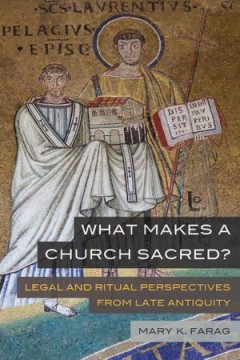
What Makes a Church Sacred? Legal and Ritual Perspectives from Late Antiquity
Description What is the purpose of a church? Who owns a church? Mary K. Farag persuasively demonstrates that three groups in late antiquity were concerned with these questions: Christian leaders, wealthy laypersons, and lawmakers. Conflicting answers usually coexisted, but from time to time they clashed and caused significant tension. In these disputes, juridical regulations and opinions mat…
- Edition
- -
- ISBN/ISSN
- 9780520382015
- Collation
- -
- Series Title
- -
- Call Number
- -
 Computer Science, Information & General Works
Computer Science, Information & General Works  Philosophy & Psychology
Philosophy & Psychology  Religion
Religion  Social Sciences
Social Sciences  Language
Language  Pure Science
Pure Science  Applied Sciences
Applied Sciences  Art & Recreation
Art & Recreation  Literature
Literature  History & Geography
History & Geography